|
In the spirit of giving, I thought I would share a new lightened-up version of one of my favorite comfort food dishes, Nacho Salad. This recipe flips the standard nacho dish on its head. Instead of tortilla chips and cheese acting in starring roles, vegetables and beans get their moment in the spotlight. This recipe is colorful and nutrient dense. What makes the recipe even more attractive, is the amount of time it takes to create the dish from start to finish and the cost to prepare it. You can be ready to eat in no more than 10-minutes if you have all the ingredients on hand and the dish is extremely low-cost by utilizing store-brand and canned products. Follow the steps below and you will have a deliciously simple, quick, nutritious, cost-conscious, "go-to" recipe for lunch or dinner! Nacho SaladThe ingredients in this salad can be purchased at any grocery store. Though, I think it is always nice to provide you with the ingredients I used to make the recipe so you can easily find what you need at the grocery store. I bought all my ingredients at Trader Joe’s. Ingredients:
Directions:
~Sara Mussa, RDN, CD
0 Comments
What does a rutabaga taste like?Some folks may find rutabagas slightly bitter, however their sweetness comes out when roasted, particularly when combined with other vegetables, such as in the dish below. The sweetness is not overpowering, but more like a delicious, less-starchy potato. How do you eat rutabaga?Rutabagas are most delicious roasted or puréed, where their sweetness comes out. However, they can also be enjoyed raw, like jicama or celeriac. Ideas for using a rutabaga:
How nutritious are rutabagas?Raw rutabagas are rich in vitamin C (58% DV) and are a good source of fiber (14% DV), manganese (12%), and potassium (13%). One cup of sliced raw rutabagas contain almost two grams of protein. (2) The dish below is a colorful addition to your holiday celebrations. My extended family enjoyed it immensely this past weekend. And if you want to “geek out” over more information about this delicious vegetable, click here. References:
Roasted Mixed Vegetables with Sour Cherries
Directions:
Notes:
~Nancy Miller, MA, MS, RDN Since we are well into the holiday season, we've rounded up 12 healthier holiday recipes that are perfect to bring to a party or simply to enjoy at home! All recipes are Dietitian created!
What does a sunchoke taste like?Choose sunchokes that are very firm and smooth. Some say they taste like artichoke hearts. Others say they are rather sweet and nutty. They have a texture like a potato and are creamy when cooked. How do you eat sunchokes?Keep in mind, the flesh of the sunchoke turns brown, like apples or pears, when exposed to air. Mix with chopped raw vegetables and a tiny bit of lemon juice, should you plan on them sitting out for awhile. Like kohlrabi and jicama, you can eat this vegetable either raw or cooked. Ideas for using these include:
How nutritious are sunchokes?Sunchokes are rich in iron, potassium and thiamine. One cup of sliced sunchokes contains three grams of protein. They are also a good source of copper, niacin and vitamin C. (1) This vegetable is high in inulin, a “prebiotic” soluble fiber, which may help control your blood sugar. (2) This inulin can also cause gas. To avoid this, some say to use sunchokes that have been through a frost and others say to be sure to use lemon juice when you cook them. (3) Try each method and let me know what works for you! Since we have eaten them, in the dish highlighted below, we are now discussing where to plant them in our garden in the spring. The recipe below may seem lengthy, but it’s fairly straightforward and full of flavor. See notes after recipe. References: 1. https://nutritiondata.self.com/facts/vegetables-and-vegetable-products/2456/2 2. https://www.sciencedirect.com/science/article/pii/S0271531799001529 3. https://modernfarmer.com/2018/02/jerusalem-artichoke-sunchoke-recipe-prevents-gas/ Lentil Stew with Steamed Rock Fish and SunchokesServes 6-8 Recipe adapted from Cancer Lifeline Cookbook by Kimberly Mathai, MS, RD Ingredients:
Directions:
Notes:
~Nancy Miller, MA, MS, RDN |
SD BlogA place for our consultant Registered Dietitian Nutritionists (RDNs) to share nutrition science, yummy and healthy recipes, tips on seasonal ingredients, and other nutritional musings. Enjoy! Categories
All
Archives
May 2024
|

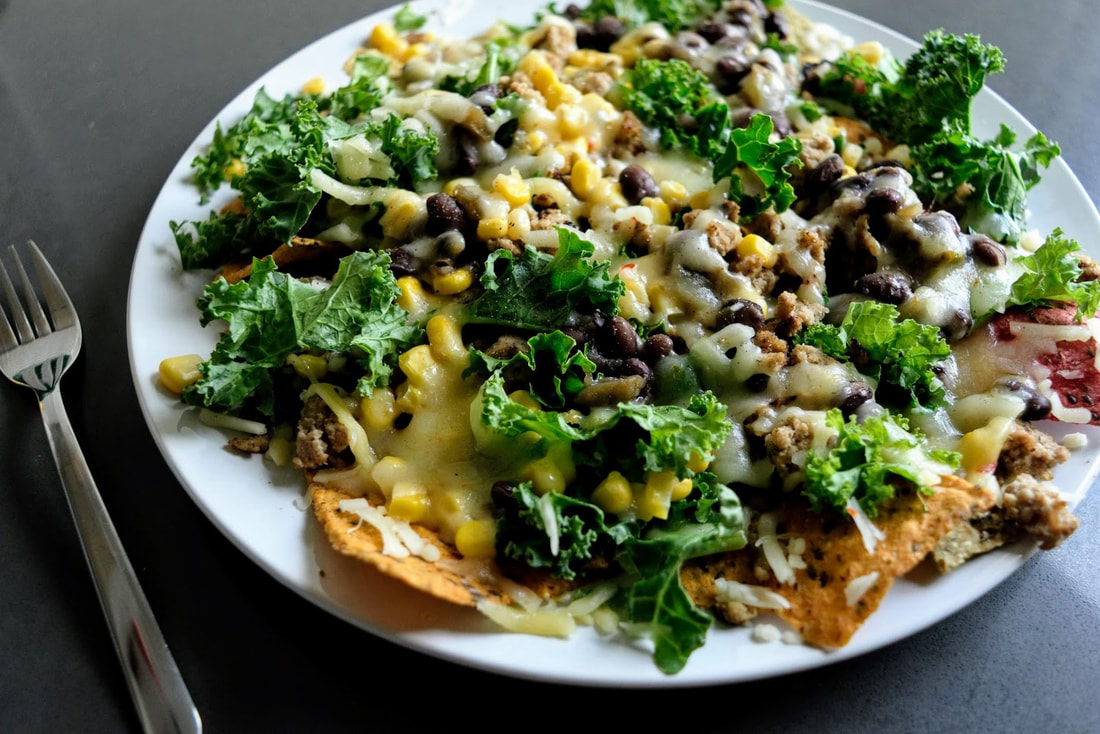
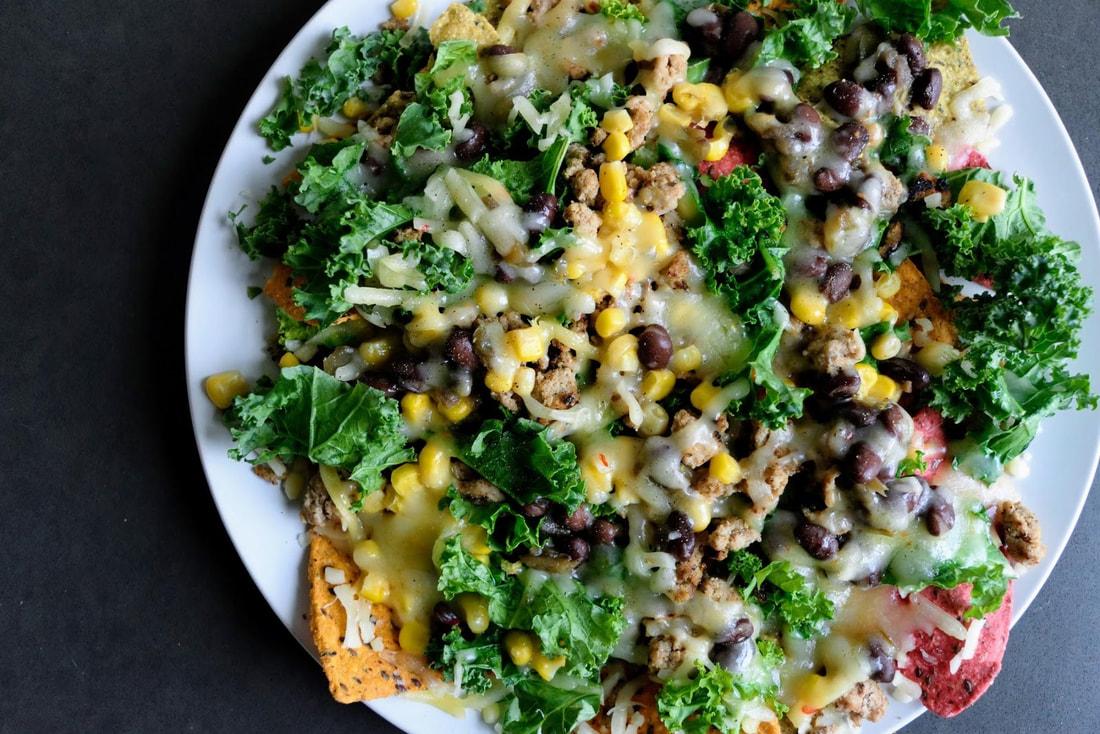
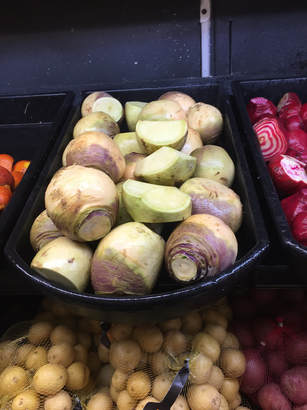
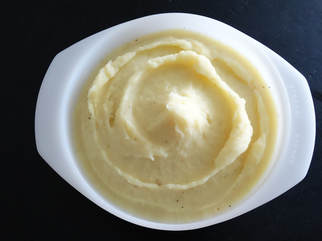
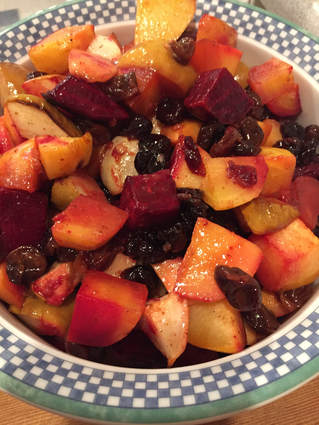
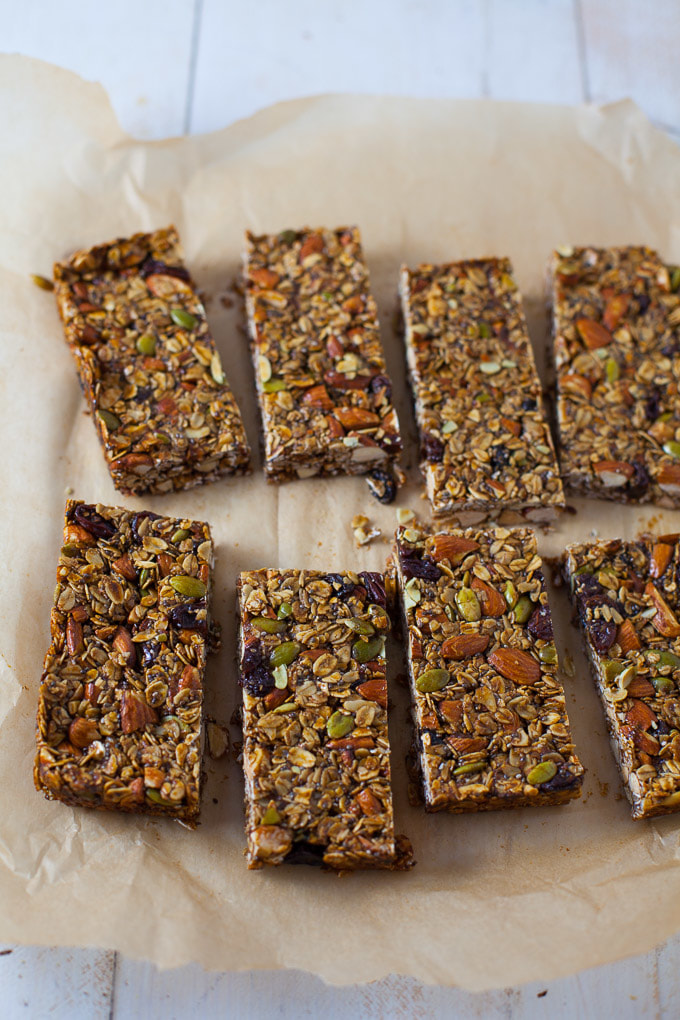
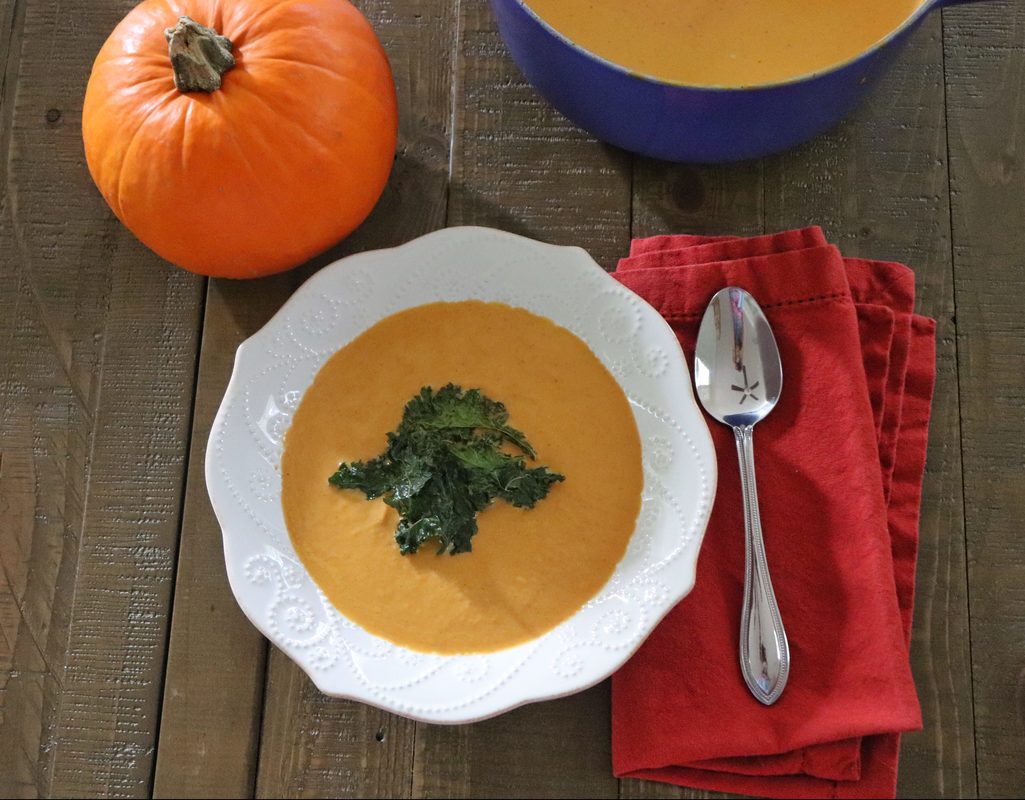
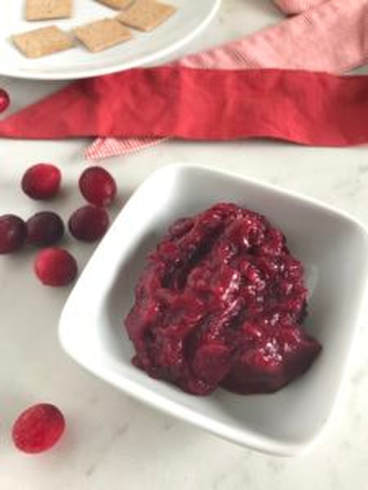
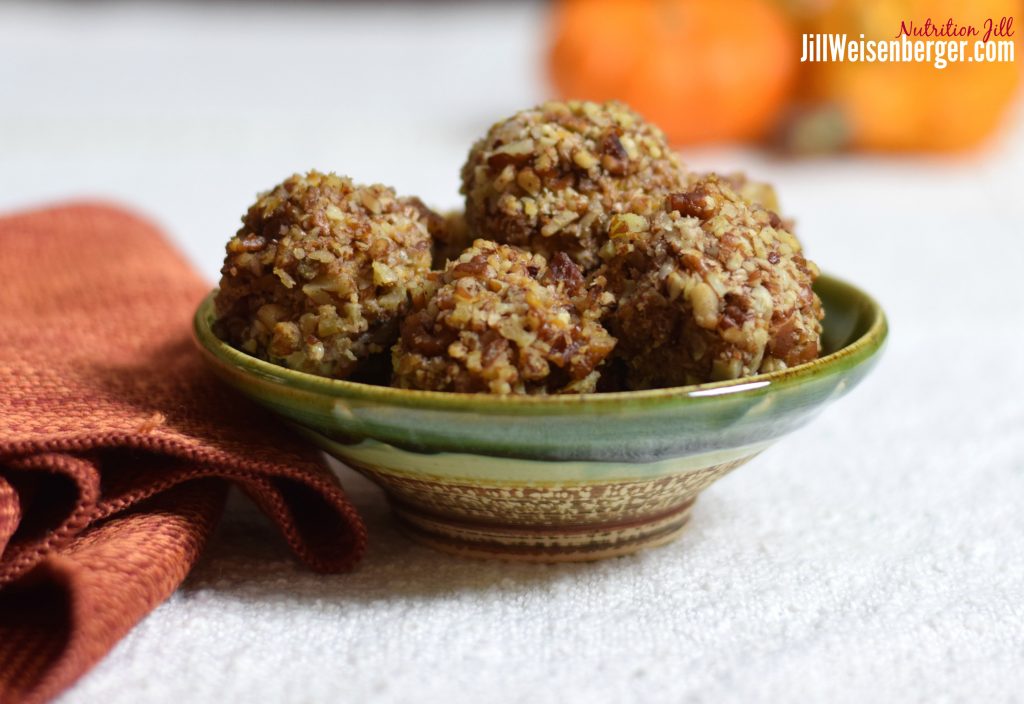
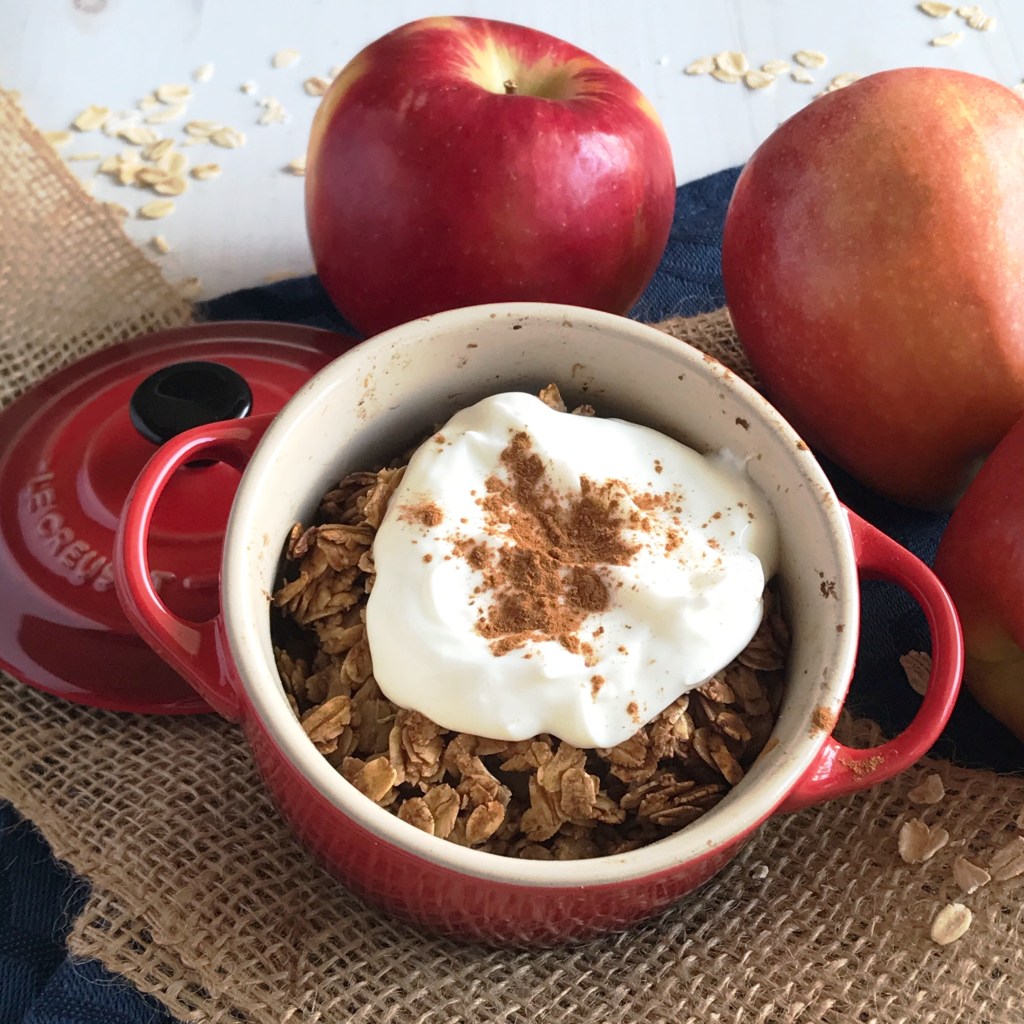

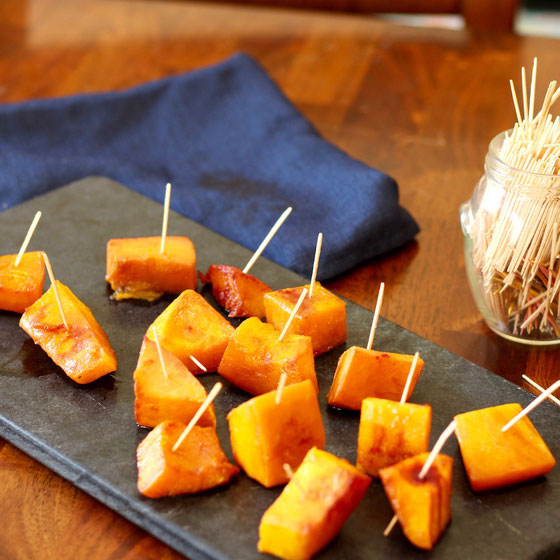

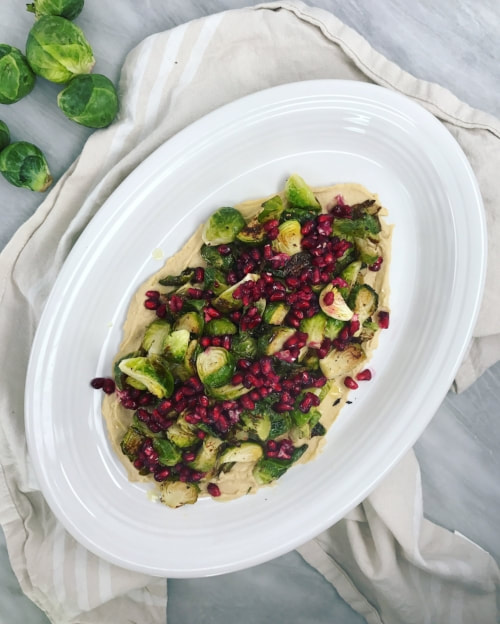

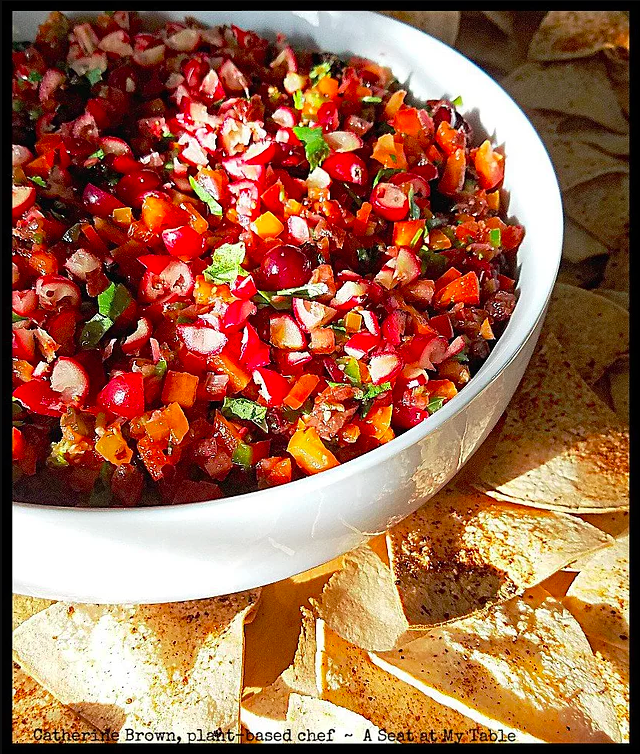
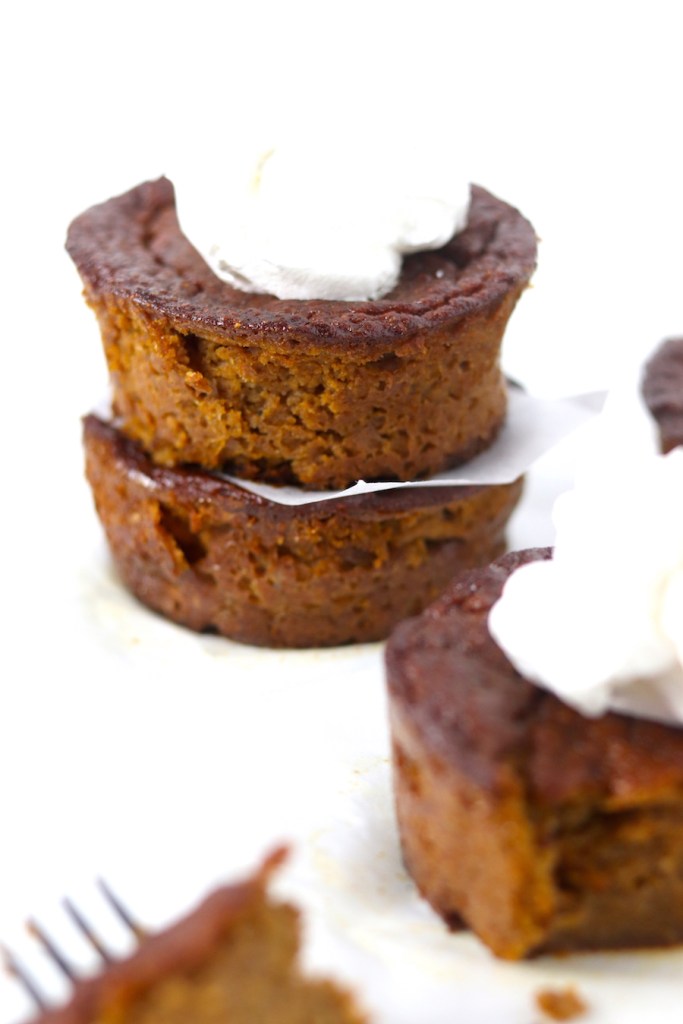
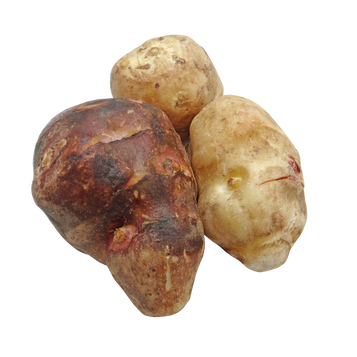
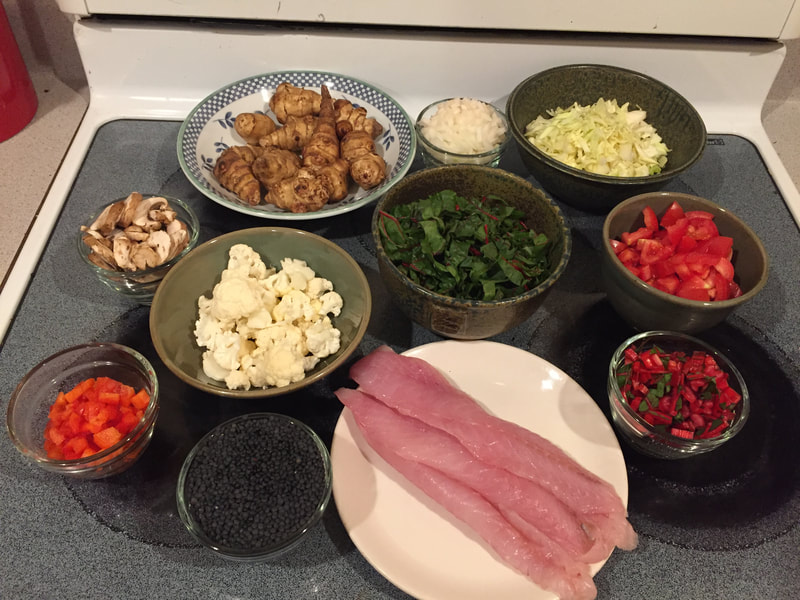
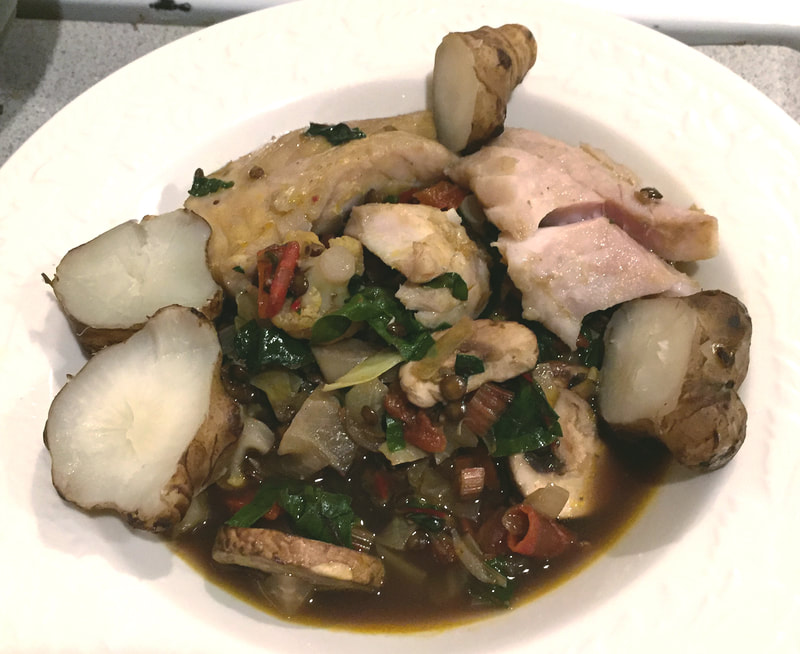
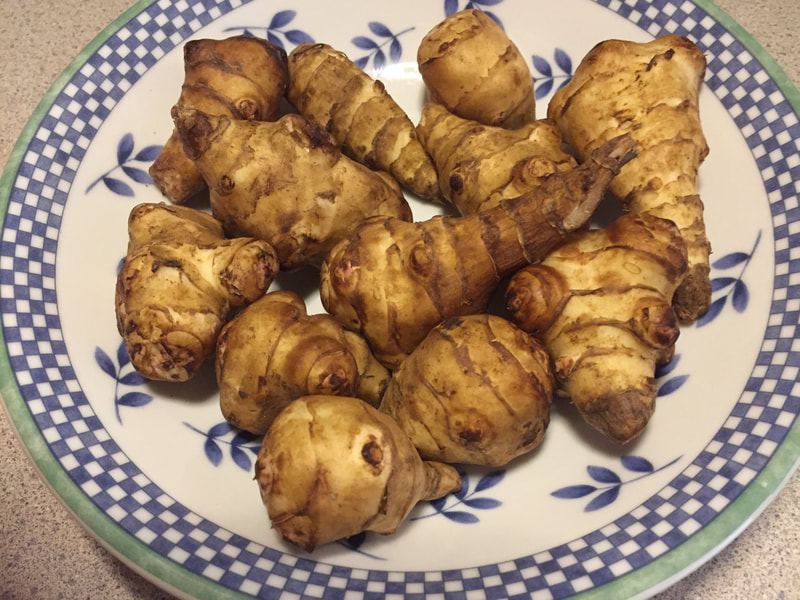

 RSS Feed
RSS Feed